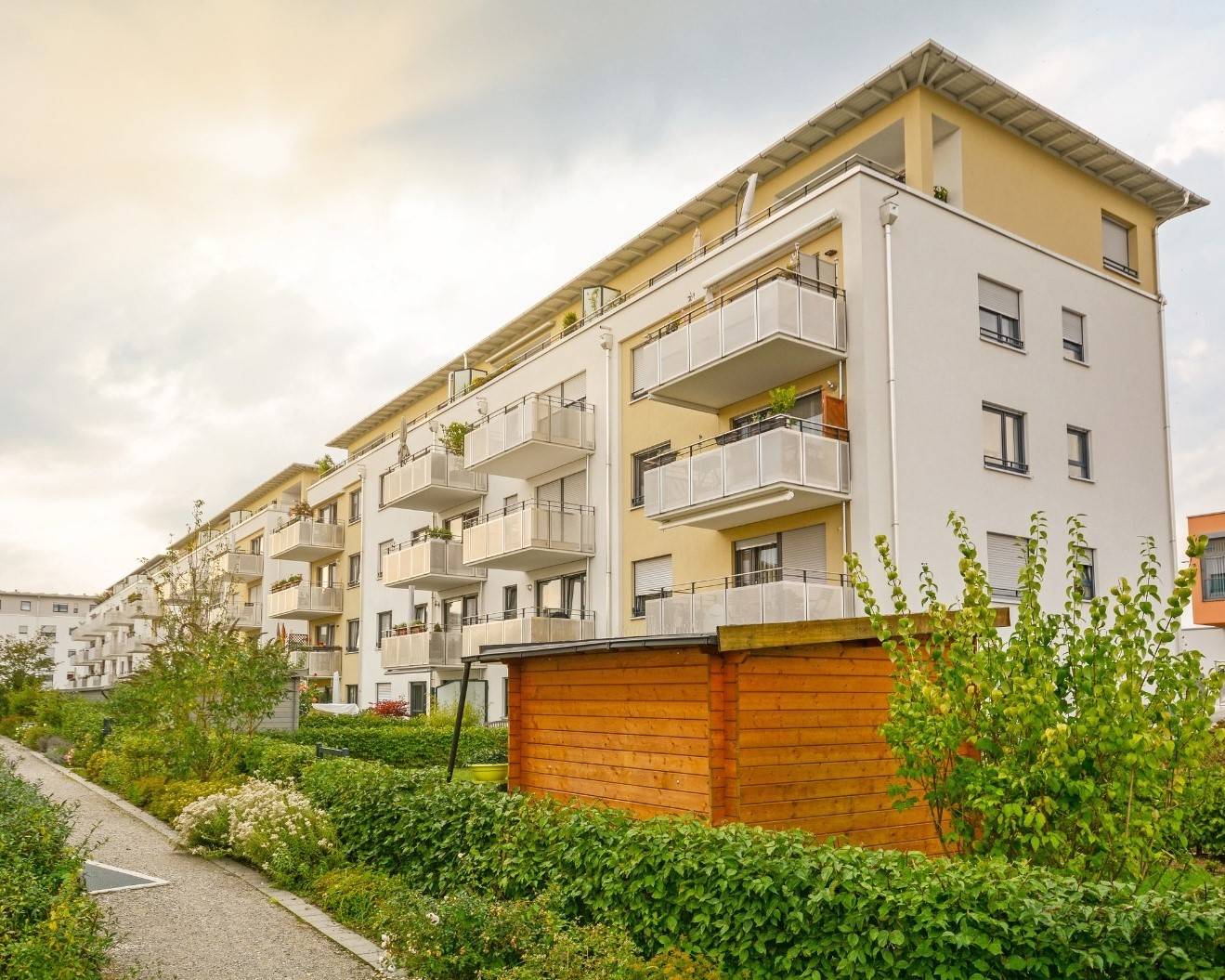In an era where sustainability and inclusivity are at the forefront of our collective consciousness, it's essential to recognise the powerful synergy between these two concepts in the world of architecture and design. Sustainable architecture and accessibility aren't separate ideals; they're interconnected facets that, when harmonised, can revolutionise the way we live, work, and interact with our built environment.
The Essence of Sustainable Design
Sustainable design is rooted in the principles of reducing our environmental impact and conserving resources. It encompasses eco-friendly materials, energy-efficient technologies, and innovative construction techniques that minimise waste and pollution. The aim is clear: to create buildings that function seamlessly while leaving a smaller carbon footprint.
The Drive for Accessibility
Accessibility, on the other hand, centers around ensuring that spaces are usable and welcoming to individuals of all abilities. It's about providing equitable access to the built environment, regardless of physical or cognitive impairments. This includes elements like ramps, wide doorways, tactile signage, and accessible restrooms.
The Synergy Unveiled
So, how do these seemingly distinct ideas come together to form a more inclusive future?
- Universal Design: Sustainable architecture often incorporates universal design principles, which ensure that spaces are accessible to everyone. Features like step-free entrances, lever handles, and open floor plans benefit not only those with disabilities but also parents with strollers, travelers with luggage, and the elderly.
- Energy Efficiency: Sustainable buildings frequently employ energy-saving technologies such as LED lighting, efficient HVAC systems, and renewable energy sources. These innovations not only reduce carbon emissions but also lower utility bills for occupants, promoting economic inclusivity.
- Health and Well-being: Green spaces, natural light, and improved air quality are common aspects of sustainable design. These elements promote physical and mental well-being, benefiting everyone who interacts with the space, regardless of their abilities.
- Long-Term Viability: Accessibility and sustainability are both forward-thinking concepts. By integrating them into building designs, we create structures that stand the test of time, reducing the need for costly retrofits and ensuring spaces remain usable for all.
A Blueprint for a Brighter Future
The integration of sustainability and accessibility in architecture represents a blueprint for a brighter, more inclusive future. It's a future where our built environment doesn't just conserve resources and reduce environmental impact, but also serves as a welcoming, functional space for everyone.
This harmonious approach isn't limited to new construction. Retrofitting existing buildings to be more sustainable and accessible is equally important. It's a commitment to inclusivity and environmental stewardship that will shape the way we live for generations to come.
So, whether you're an architect, a developer, a policymaker, or simply an advocate for a more equitable world, remember that sustainable architecture and accessibility go hand in hand. By championing both, we can create spaces that are not only green but also truly accessible to all. Together, we can build a more inclusive and sustainable future for everyone.

